Theories about behaviour - a summary
- Behaviour
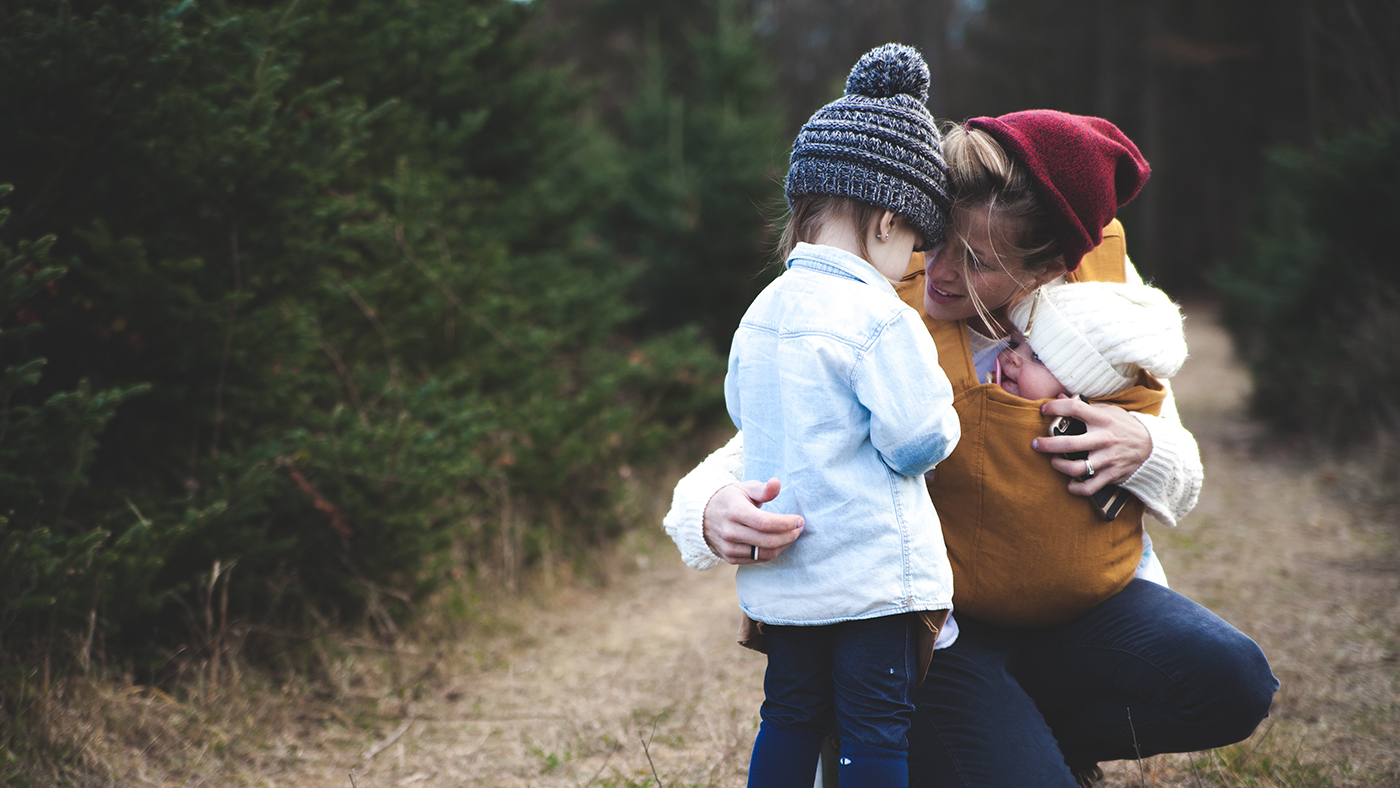
As parents, much of what we feel when we think of our children’s behaviour is based on what we ourselves experienced as children, combined with the huge amount of information, advice and opinion at our fingertips. This, along with the examples of parenting we see day-to-day, has been magnified through social media over recent years. Understanding how to support children’s behaviour is one of the hardest parts of parenting, and in this article we are going to review some of the theories about behaviour which have formed the basis of child development.
It is now widely accepted that people’s reactions to difficult or emotional moments (including our own reactions to challenging behaviour) will be driven by a combination of factors including our natural temperament, our past experiences, the influence of those around us, and stress we have been exposed to. We also understand that children are still growing and learning, so are not expected to handle things as we do. This hasn’t always been seen to be the case. For much of history children were viewed as small adults, so not much consideration was given to their need to develop at their own pace and their behaviour was viewed through the expectations we would apply to adults. As this changed, new ideas about how children develop became a way to understand their behaviour.
Behaviour and child development
In the early 20th century, developmental psychology began to explore children’s development specifically. With this came a focus on what ideas relating to development could teach us about children’s behaviour.
The precise ways in which children develop the skills needed to become adults who fit into their society was, and still is, debated, as there are many ways to look at development. Key theories have emerged, and like the well-known nature versus nurture debate, theories differ about how much impact the environment and social interaction has on child development.
As theories of behaviour have developed, different schools of thought have moved in and out of favour. Because most parents have always been looking for the best possible ways to support their children, ways of responding to (and guiding) children’s behaviour has been influenced by these different schools of thought over time. You might recognise some of the approaches you’ve experienced in the theories we describe here.
One theory of behaviour which emerged early in the 20th century is behaviourist theory. Behaviourism is the idea that psychology should focus only on observable behaviours. It firmly believes that people’s behaviour is an action which occurs in a specific context, therefore can be entirely influenced by what happens before and after it. This contrasts with other theories which look beyond the action to include the impact of society, emotions and interactions over time. The focus for behaviourism’s key champions, and the impact we most often see in parenting, is the idea of controlling behaviour using conditioning – that is, that a positive or negative outcome can be used to change behaviour.[1]
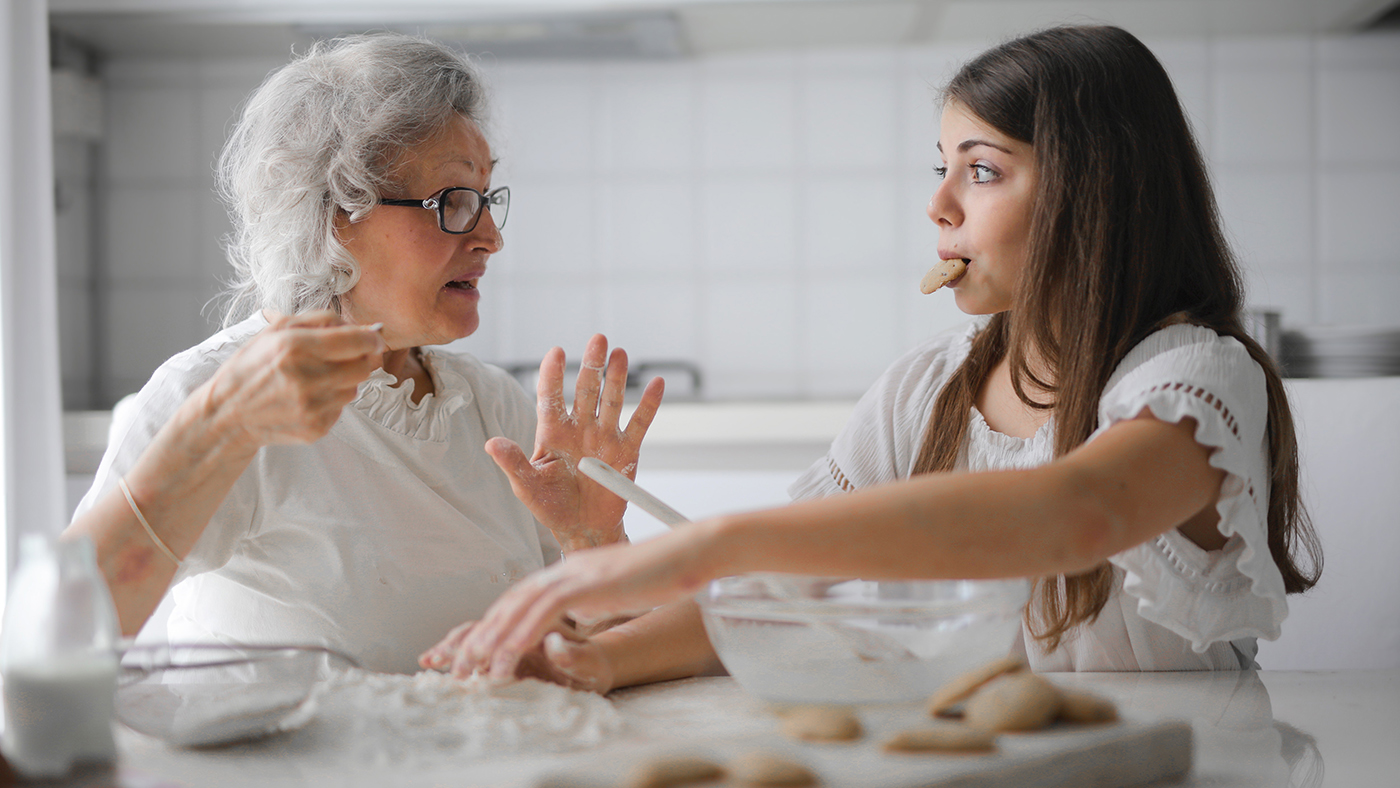
Most of us will be able to relate to this, as punishment and reward have been a well-used method of controlling behaviour for many generations. The results of early experiments by behaviourists such as Ivan Pavlov, Burrhus Frederic Skinner and John B Watson (conducted largely on animals, rather than people) showed tangible, fast results where the subject conformed to a desired behaviour quickly.[1] However, the reasons for conforming to the behaviour are extrinsic (they happen to the person and are an external force) rather than intrinsic (a force from within the person guiding their behaviour) and studies have shown that although extrinsic motivators such as punishment and reward often have short-term success, intrinsic motivation is needed for long-term behaviour change. Behaviourist approaches view behaviour as an action, rather than as a method of communication.
Some recent researchers have shown that using a behaviourist approach to view actions in context can be useful to support children in developing their behaviour and understanding how to be part of a community. In contrast to a focus on punishment for bad behaviour, which is often seen as the only way to control actions, research shows that focusing on the behaviour we want to see more of will have far more powerful impact for our children.[2] Noticing what has happened before your child does something you are proud of will enable you (and them) to put systems in place so your child can repeat this, ensuring that their environment is enabling positive outcomes. Commenting on the positive outcome of your child’s behaviour will bring their attention to the good they have done and reinforce the positive emotions they feel when they have achieved something. This makes them more likely to want to repeat the action for the same intrinsic emotional reward.
Other theories of behaviour take a more holistic view of the person, and the world in which they live, than behaviourism, when observing their actions.
Psychologist Albert Bandura’s social cognitive theory (sometimes called social learning theory)[3] adds to the behaviourist concept that conditioning influences behaviour by introducing the idea that behaviour can be learnt from watching those around us. Children observe what others are doing and how they are reacting, and then use this information when they are faced with a similar situation. This is probably familiar to anyone who has seen their toddler repeating words or phrases that you recognise as your own! This idea that adults can model the behaviour they want to see can be supported by psychologist Lev Vygotsky’s approach to scaffolding learning, which takes what a child already knows and helps them to make sense of it, which then allows us to add a new layer of understanding and move their learning on.[2] Talking to your child about their behaviour and explaining any natural consequences will help them to develop their understanding in order to change their actions another time. For example, you could say, “You were angry and threw your toy, now the toy is broken. How do you feel? Next time we could come and ask for help when you feel angry.”
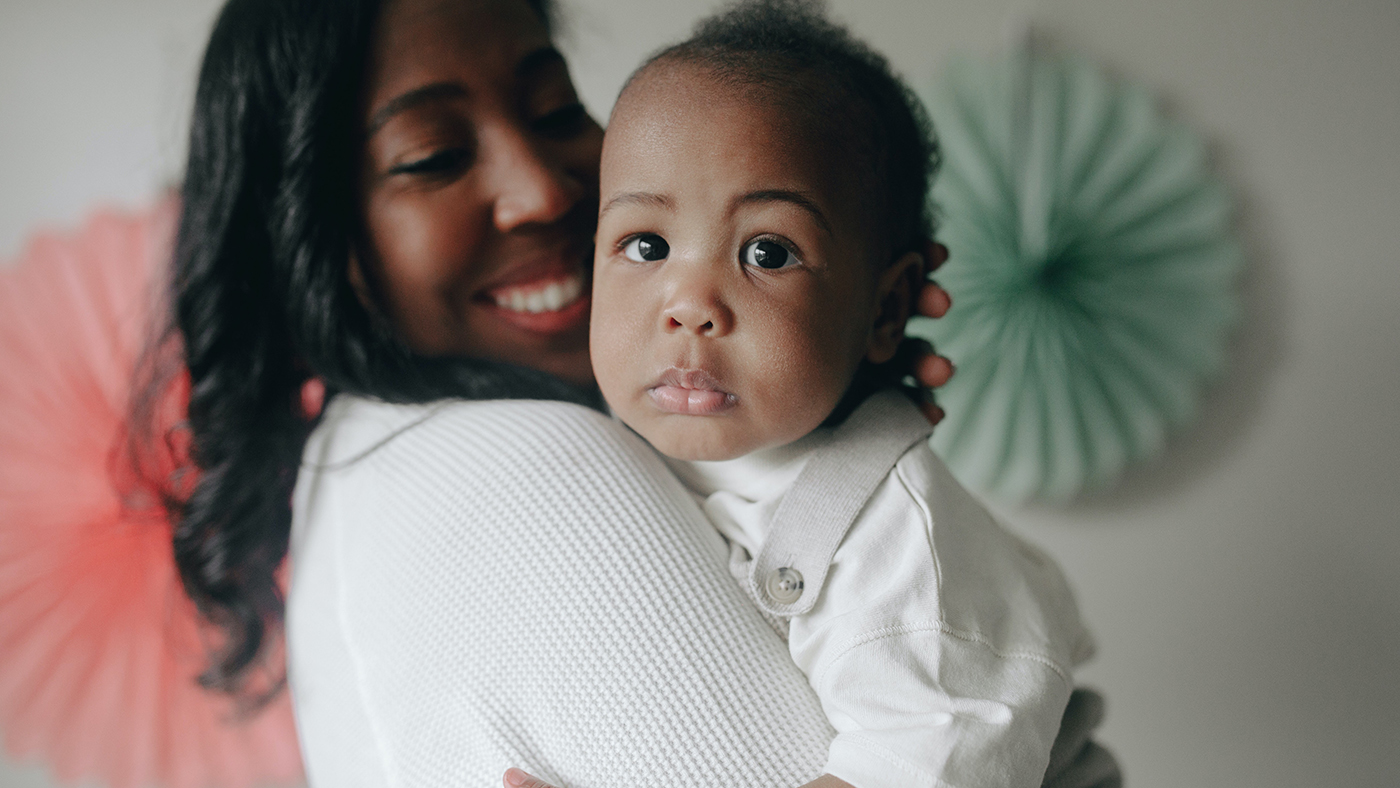
The social-constructivist approach to behaviour identifies that we all build our own version of reality in which we live. This is created through our interactions with others, what we talk about and how we think of ourselves and those around us.[2] It highlights the influence of the conversations we hear around us. If people define us as ‘naughty’ and this is what we hear over time, being naughty can become part of our reality and be embedded in our internal narrative. Viewing actions through this perspective can also encourage adults to look at behaviour compassionately, to attempt to understand why a child is reacting this way, in order to change the narrative which might have influenced their view of themselves or their expectations of how we should respond to events.
The eco-systemic view of behaviour goes a little deeper than social-constructivist theories to look not only at the action and the environment, but also the person as an individual, and how these factors influence each other. It is important to recognise that we are all individuals with different temperaments, and so we will respond to events in different ways.[2] As we develop, we are being impacted by the environment around us all the time. The people, culture, support systems and expectations we grow up with will combine with our personality to influence our behaviour. This view also highlights how much more complex managing our behaviour can become if we find ourselves in unknown or unexpected situations – not knowing what the expectation or acceptable behaviour is makes it hard to adapt to a new environment.[4] As adults we might encounter this feeling in a new job or when visiting another country, for children it can become a factor during seemingly simple transitions such as visiting a family member or starting nursery or school. A child’s behaviour will be viewed with different expectations, and this can be confusing for our little ones, especially if the new environment has different behavioural expectations to home.
But what about when they just need to behave?
Encouraging our children to behave in ways which will make their lives easier, more joyful and more meaningful is important. When we think of behaviour, the first thing to remember is that all behaviour is simply an action, and children are using these actions to communicate with us. In these first five years, one of the hardest behaviours to face as a parent can be tantrums, which in most cases are a true explosion of a need to communicate something that your child can’t yet articulate. You can read more about tantrums and get some practical advice for coping with these emotional moments in our blogs: “I want the other one!” What do tantrums show us about your child’s development and how can you support your child? (mffy.com).
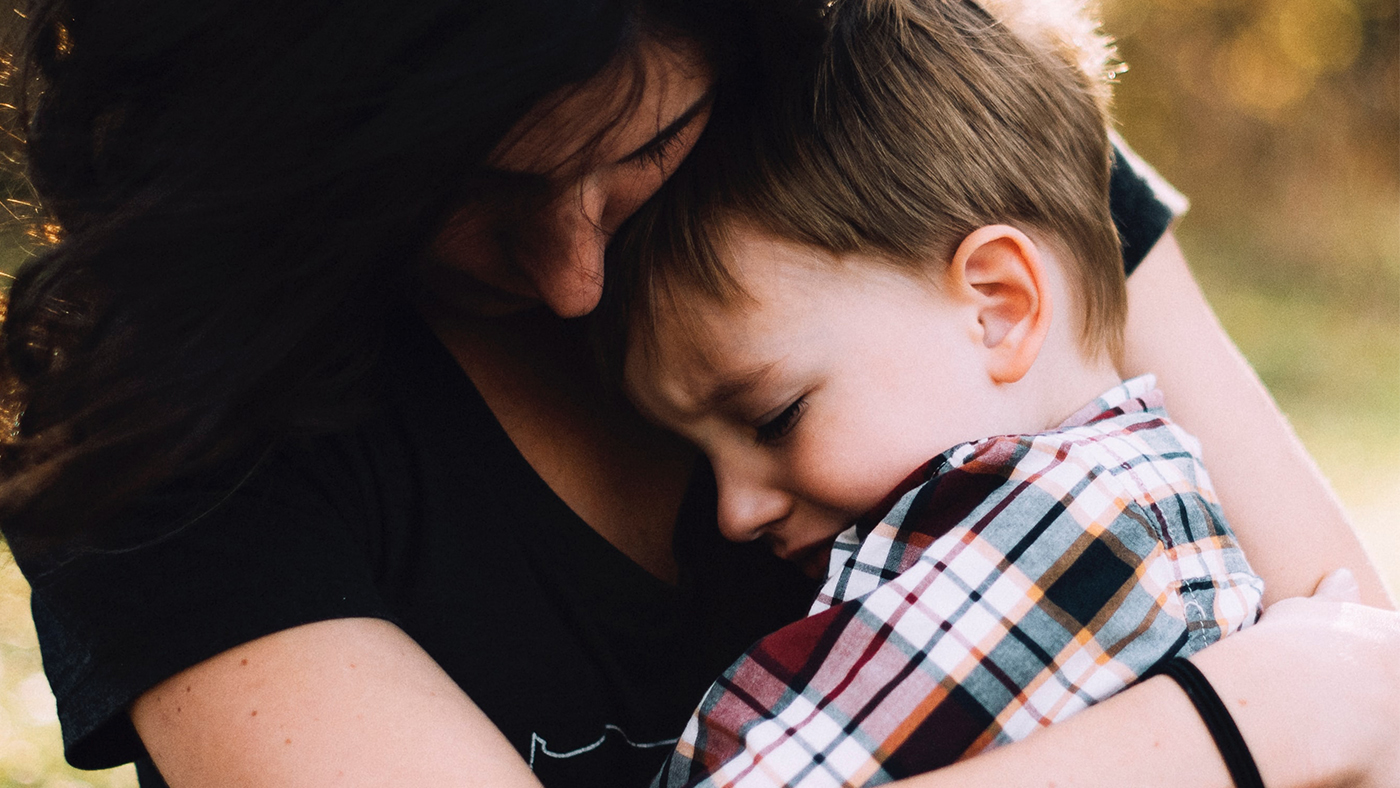
Understanding why they are doing something can be the first step in ensuring our children can express their needs in a safe and socially acceptable way in the future. Talking about emotions, our reactions and ways we can express ourselves can start from when your baby is tiny as we chat to them day-to-day. Our blog Your child is really just a cave person - but cuter! (mffy.com) talks in more detail about some of the cognitive and emotional reactions happening in our little one’s brains. Connection is key for children to learn to regulate their emotions.
Showing our children that it is okay to have big feelings, and to sometimes get things wrong, is also a valuable lesson. We don’t always behave perfectly as adults either, so if you have a moment of anger or react in a way you regret with your child, remember all is not lost. Show them how we can repair relationships after conflict by apologising, explaining what happened and how you felt, and maybe even asking your little one for ideas about how to handle things next time. As we know, children learn behaviour through watching us, and we can harness this to encourage behaviours we want for our children.
When they just need to do it...
Remember that we want our little ones to become confident adults who stand up for themselves and others, so we must allow them to practise this (when it is safe to do so) as children. Allowing them to share their feelings, and really listening to their opinions, will give them the confidence to keep sharing.
When we need our children to follow instructions or complete a task, one way to think about our role is in terms of having an authoritative approach in which we explain and enforce limits without punishment or manipulation. This approach enables us to maintain important boundaries or routines within a warm and loving relationship.
Of course, sometimes this means we will negotiate with our children, and although there are times we may allow them to change our expectations, there are things we simply need our children to do to keep them safe and healthy, such as bedtimes, wearing clothes outside the house or taking medicine. In these situations, it is important to remember our children’s developing sense of self, and the fact that they need to feel in control of their body. Where possible offer simple choices, such as “You can wear the green top or the red top,” or “Would you like to walk upstairs first or second?” to your toddler or child.
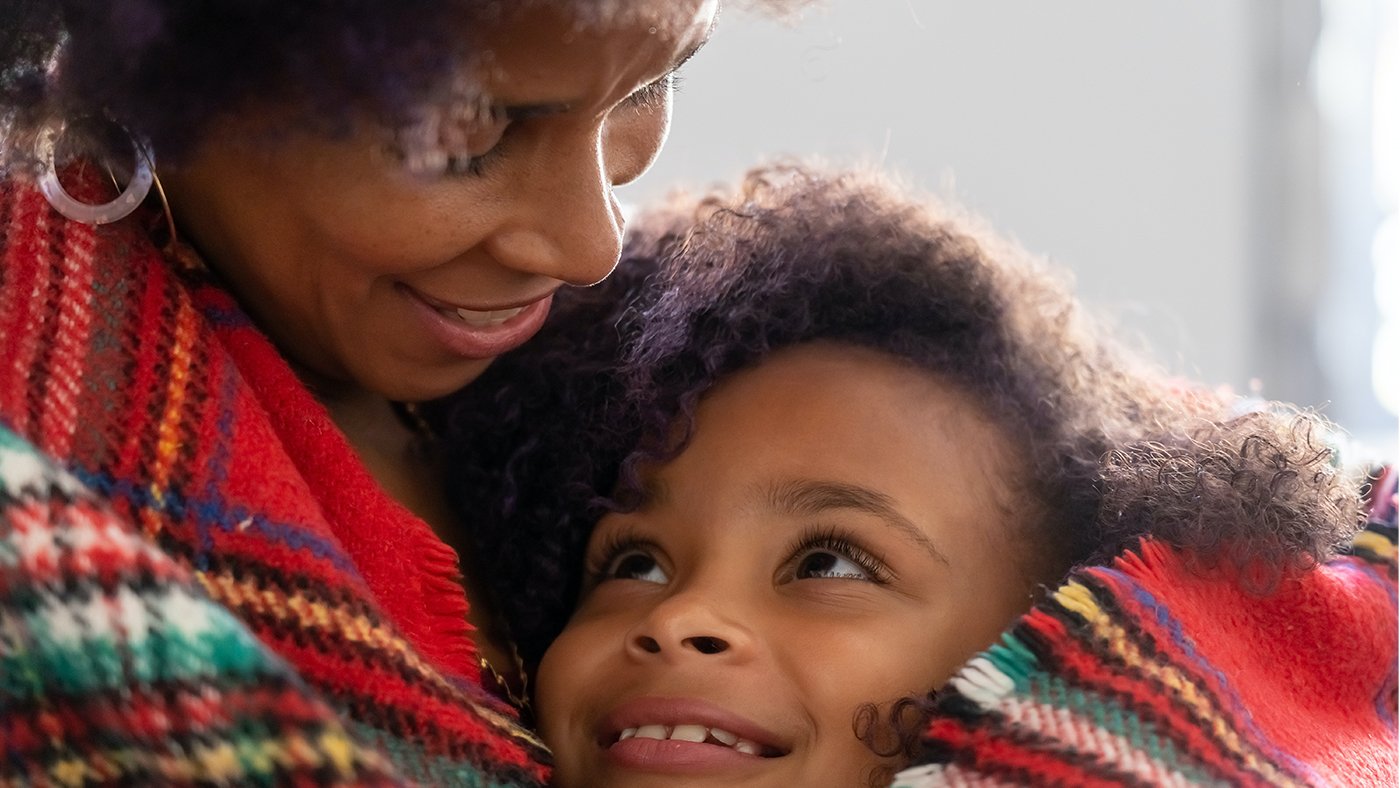
Love is the sweetest thing
Most importantly of all when we think of behaviour, remember that we are all human. Just like us, our children will have good days, bad days, tired days, and sad days. They will struggle with certain situations or find it hard to understand someone they don’t know well. So much of what we expect when we talk about behaviour is determined by what we think others will think of us, or how we were raised to behave in certain situations. If you’re feeling anxious about your little one behaving in a challenging way, try to hold on to the knowledge that children who can speak up and express their emotions are going to be able to advocate for themselves as adults. There are many ways we can help to guide and support them on that journey, giving them tools to use in the future, but the one thing that will always support their development is love.
If you are feeling overwhelmed or uncertain about how best to support your child’s behaviour, you can find support on our website, social media and app. Let us know if there is anything specific you would like more information on! Talking to experts who know you and your child can also be very valuable. Your health professionals, nursery or school staff are all there to support you through local services.
References
[1] Cherry, K. (2022) What Is Behaviourism? [online] Verywell Mind. Available at: https://www.verywellmind.com/behavioral-psychology-4157183 [accessed February 2022]
[2] Roffey, S. (2006) Helping with Behaviour. Abingdon: Routledge
[3] Bandura, A. (1977). Social learning theory. Englewood Cliffs, NJ: Prentice Hall.
[4] Foot, H., Norfolk, C., Terras, M. and Woolfson, L. (2004) ‘Handling hard to manage behaviours in pre-school provision: a systems approach’. Journal of Early Childhood Research, 2:2:115-138